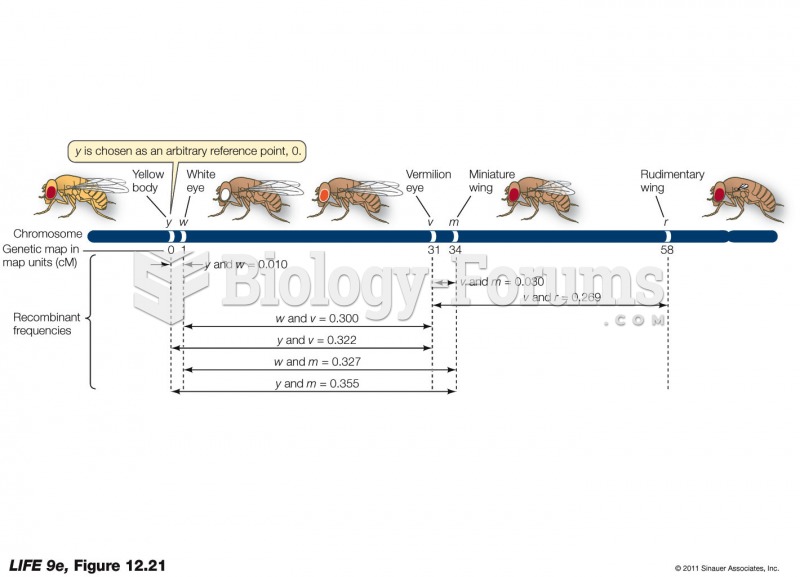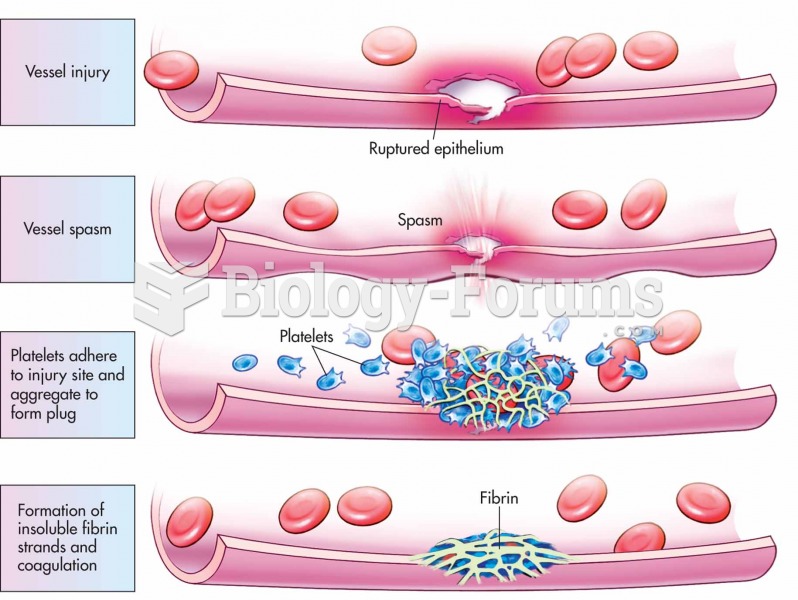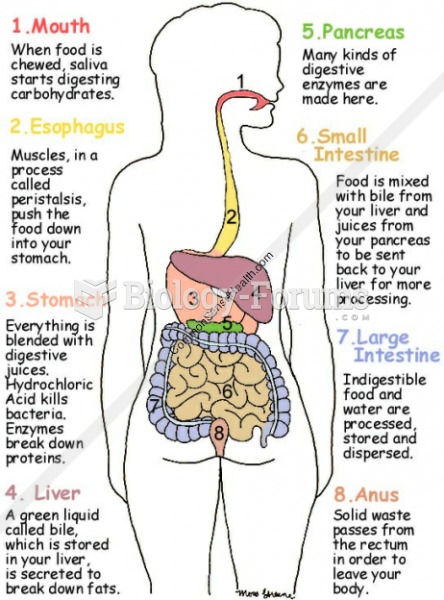Answer to Question 1
Proprioceptive neuromuscular facilitation (PNF) stretching is based on a contract-and-relax method and requires the assistance of another person. The procedure is as follows:
1 . The person assisting with the exercise provides initial force by pushing slowly in the direction of the desired stretch. This first stretch does not cover the entire range of motion.
2 . The person being stretched then applies force in the opposite direction of the stretch, against the assistant, who tries to hold the initial degree of stretch as close as possible. This results in an isometric contraction at the angle of the stretch. The force of the isometric contraction can be anywhere from 20 to 75 percent of the person's maximum contraction.
3 . After 3 to 6 seconds of isometric contraction, the person being stretched relaxes the target muscle or muscles completely. The assistant then increases the degree of stretch slowly to a greater angle, and for the PNF technique, the stretch is held for 10 to 30 seconds.
4 . If a greater degree of stretch is achievable, the isometric contraction is repeated for another 3 or 6 seconds, after which the degree of stretch is slowly increased again and held for 10 to 30 seconds.
5 . If a progressive degree of stretch is used, steps 1 through 4 can be repeated up to five times. Each isometric contraction is held for 3 to 6 seconds. The progressive stretches are held for about 10 secondsuntil the last trial, when the final stretched position is held for up to 30 seconds.
Answer to Question 2
Good range of motion is critical in older life. Muscle elasticity and bone strength both tend to decline as people age. Because of decreased flexibility, older adults lose mobility and may be unable to perform simple daily tasks such as bending forward or turning. Many older adults cannot turn their head or rotate their trunk to look over their shoulder but, rather, must step around 90 to 180 degrees to see behind them. Adequate flexibility is also important in driving. Individuals who lose range of motion with age are unable to look over their shoulder to switch lanes or to parallel-park, which increases the risk for automobile accidents. Physical activity and exercise can be hampered severely by lack of good range of motion. Lack of flexibility also may be a cause of falls and subsequent injury in older adults. A simple stretching program can alleviate or prevent reduced flexibility and help people return to an exercise program.







